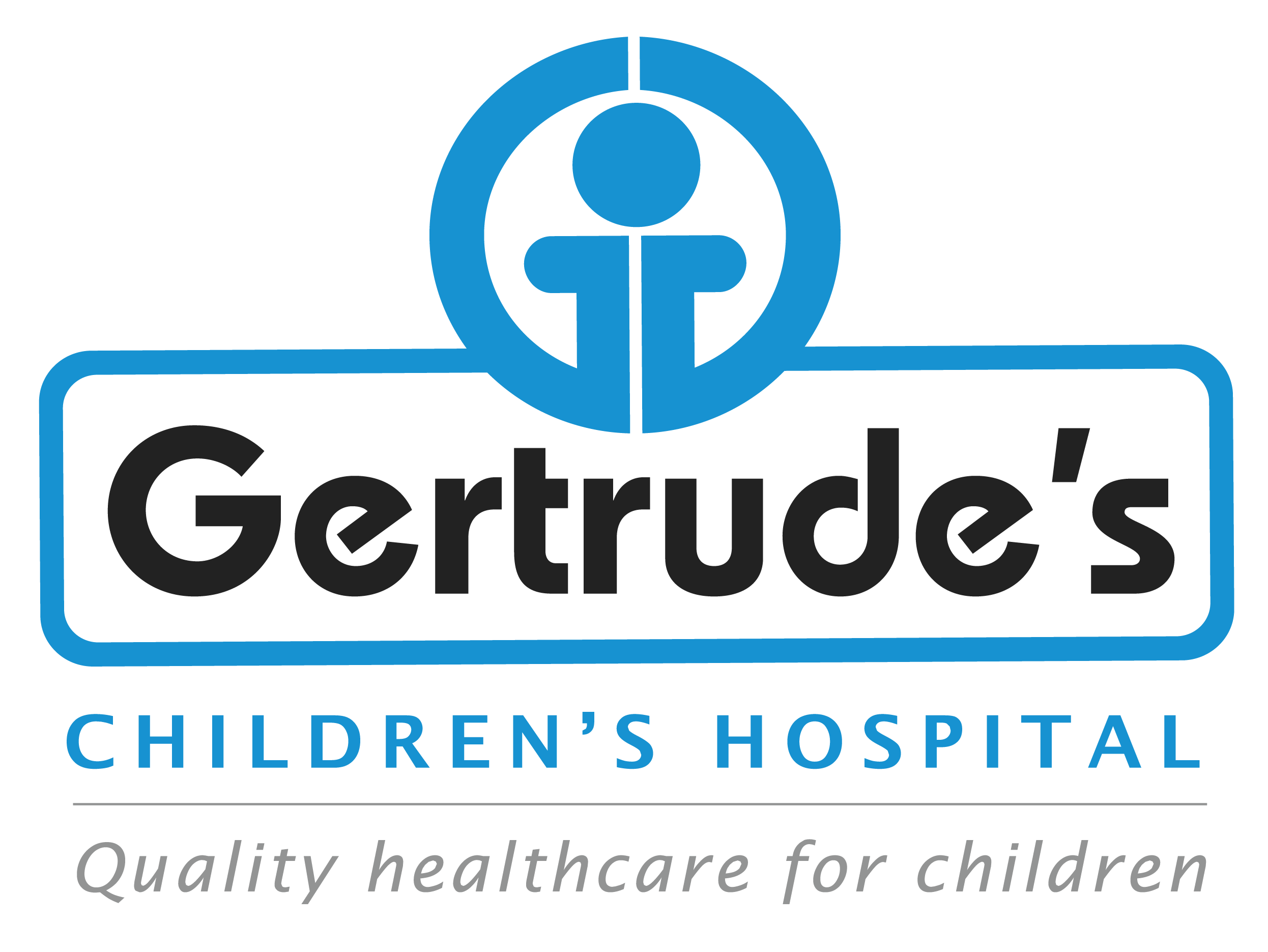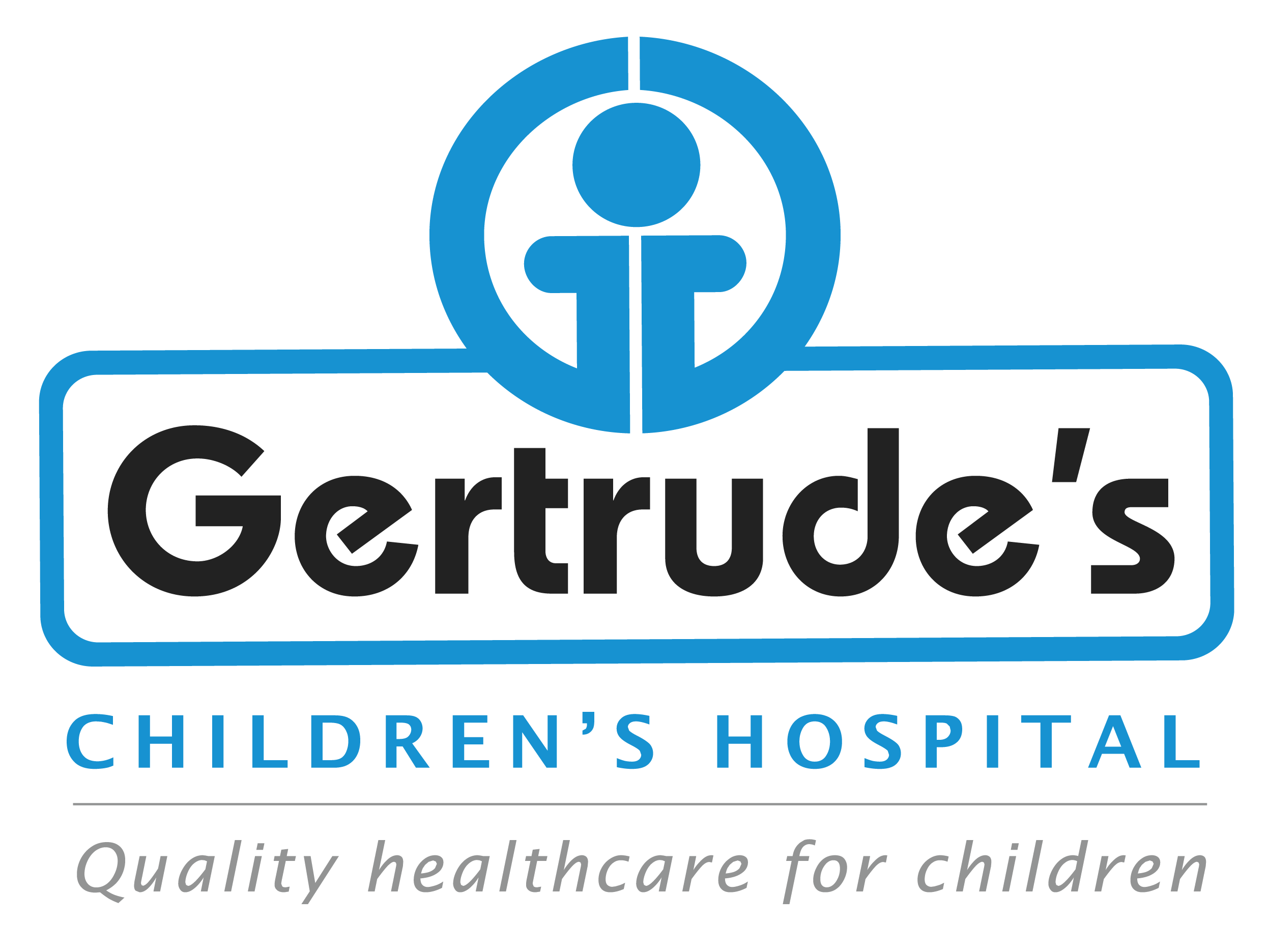Lactose intolerance is a common condition in which the body has difficulty digesting lactose, a sugar found in milk and other dairy products. This happens when the small intestine doesn’t produce enough of an enzyme called lactase, which is needed to break down lactose into simpler sugars for absorption. As a result, undigested lactose moves into the large intestine, where it can cause uncomfortable symptoms like bloating, gas, and diarrhea.
Lactose intolerance isn’t dangerous, but it can be uncomfortable for children and may affect their diet. At Gertrude’s Children’s Hospital, we’re here to help you understand how to manage your child’s lactose intolerance, ensuring they can enjoy a healthy and balanced diet without discomfort.





